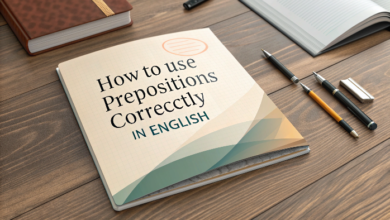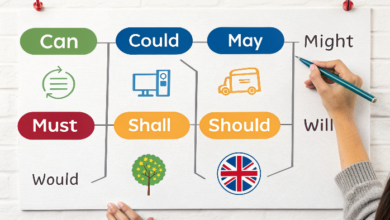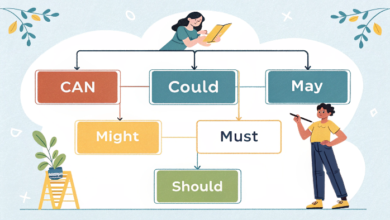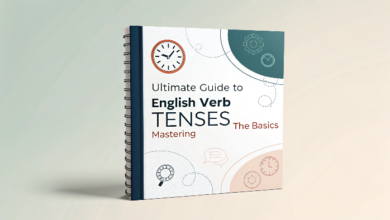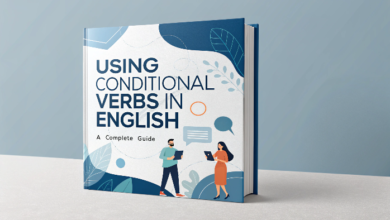How to Use Adjectives and Adverbs Correctly in English
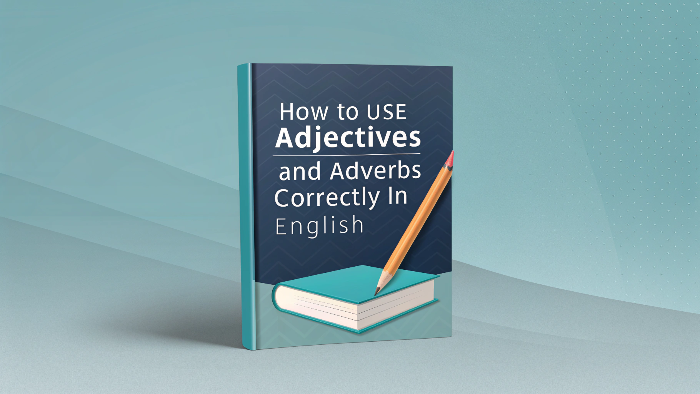
Adjectives modify nouns, whereas adverbs modify verbs, adjectives, or other adverbs.
Example (Adjective): “She is a smart student.” (modifies the noun “student”)
Example (Adverb): “She studies smartly.” (modifies the verb “studies”)
Adjectives usually appear before the noun they modify or after a linking verb.
Example: “The tall man entered the room.”
Adverbs can appear in different positions within a sentence, usually before or after the verb, or at the beginning or end of a sentence.
Example: “She sings beautifully.”
Example: “She is very talented.”
How to Use Adjectives and Adverbs Correctly in English
Common Adjective and Adverb Mistakes
Using adjectives instead of adverbs: A common mistake is using an adjective to modify a verb. Remember, adjectives describe nouns, while adverbs describe verbs, adjectives, or other adverbs.
Incorrect: “She sings beautiful.” (Adjective used incorrectly with a verb)
Correct: “She sings beautifully.”
Using adverbs in the wrong place: Sometimes learners place adverbs in the wrong part of a sentence.
Incorrect: “She very sings well.”
Correct: “She sings very well.”
Confusing “good” and “well”: “Good” is an adjective, and “well” is an adverb.
Incorrect: “She sings good.”
Correct: “She sings well.”
Tips for Using Adjectives and Adverbs Correctly
Learn the difference: Adjectives describe nouns, and adverbs describe verbs, adjectives, or other adverbs. This distinction is crucial for proper usage.
Use the correct form: When modifying a verb, use an adverb (not an adjective). For example, “She runs fast” (not “She runs fastly“).
Position of adverbs: Pay attention to where the adverb appears in a sentence. If you are modifying a verb, adverbs usually come after the verb. If you’re modifying an adjective, adverbs typically come before it. For example:
“She runs quickly.” (modifying the verb “runs”)
“She is extremely talented.” (modifying the adjective “talented”)
Practice with examples: One of the best ways to learn the correct use of adjectives and adverbs is by practicing with real-life sentences. Try describing different actions or things, and focus on where to place adjectives and adverbs.
Conclusion
Mastering the use of adjectives and adverbs is essential for effective communication in English. By understanding their distinct roles in a sentence and following the simple rules for their usage, you can make your English more precise and expressive.
Always remember: adjectives describe nouns, and adverbs modify verbs, adjectives, or other adverbs. With practice, you will naturally start using adjectives and adverbs correctly in both writing and speech.
See also:
Easy Grammar Quiz: Test Your English Skills
Boost your vocabulary skills with challenging quizzes


